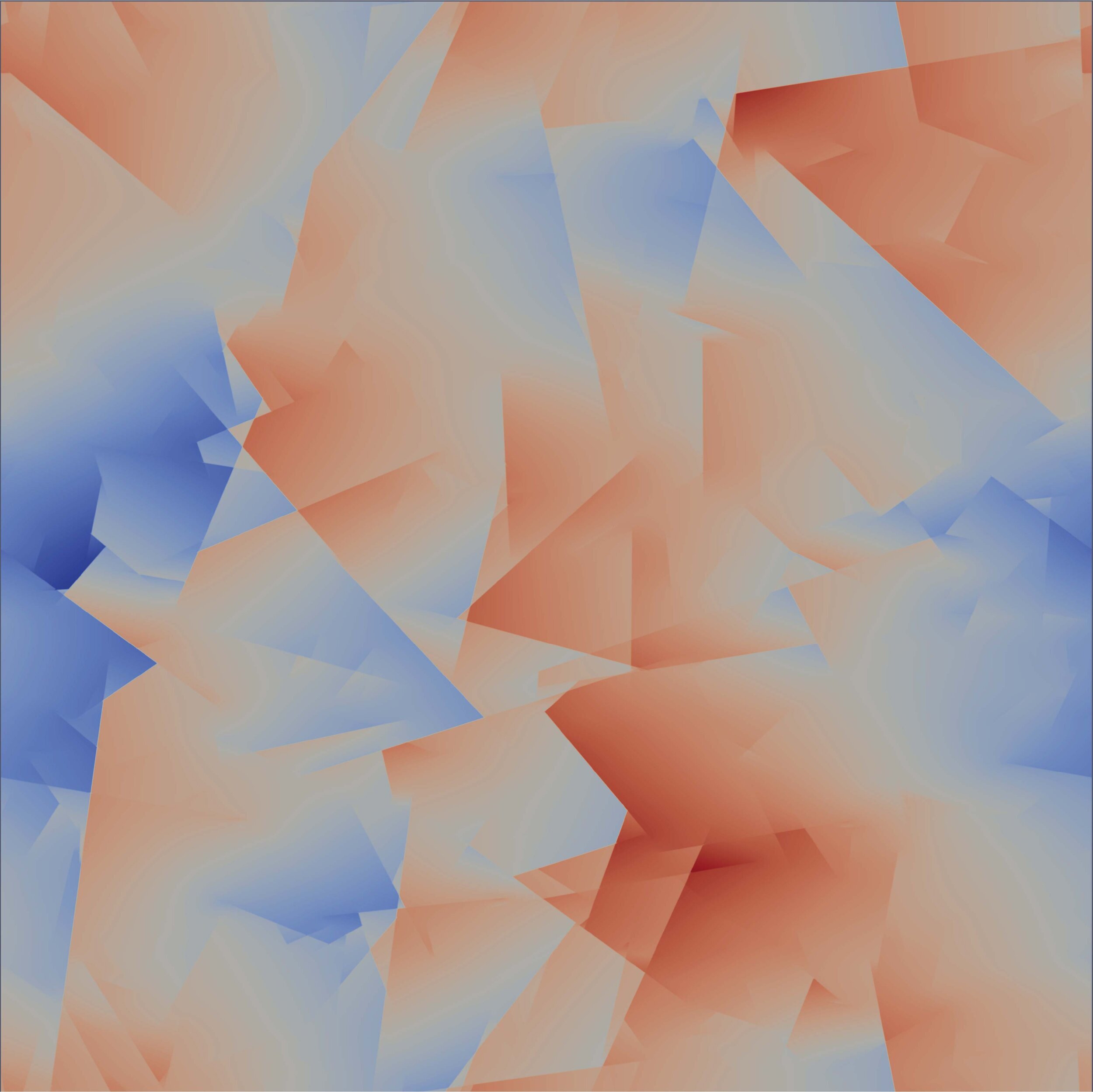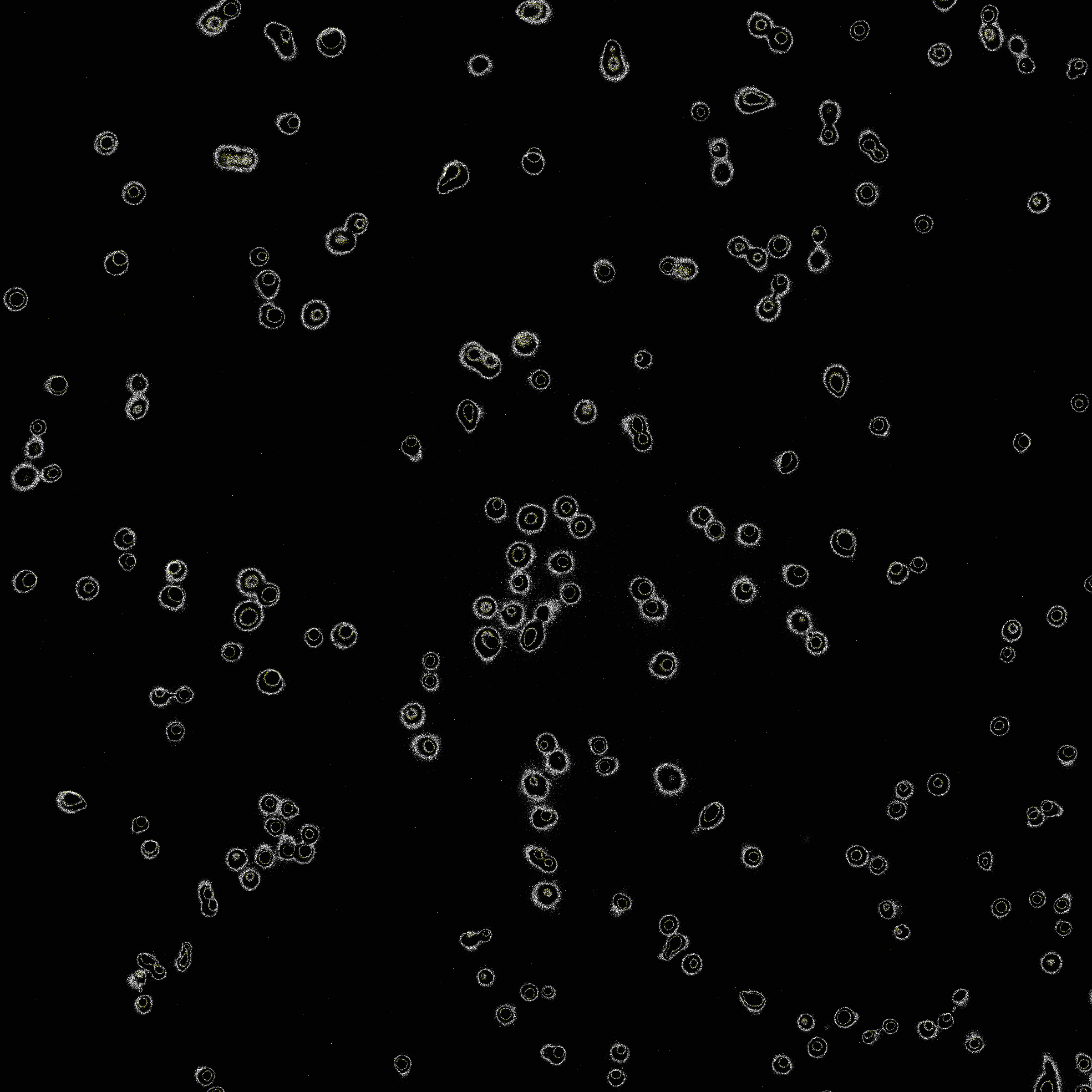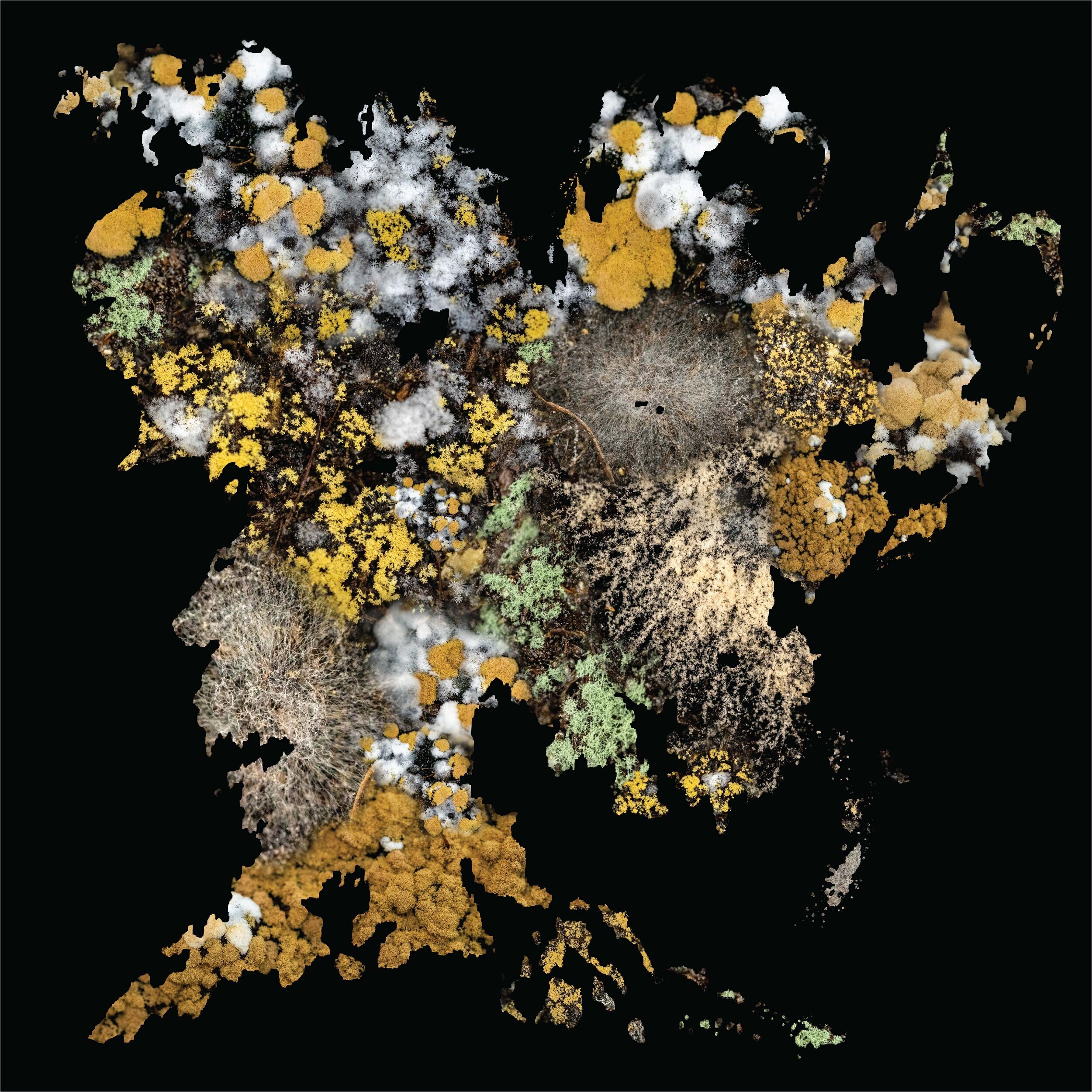GALLERY | finalists OF THE [FIGURE 1.A.] 2019 EXHIBITION
The 2019 edition of [Figure 1.A.] moves to the pop-up gallery Spot 2b, in a more central location of Lausanne downtown. The submission was extended to the members of the Faculty of Geosciences and Environment (GSE) of the University of Lausanne, which brought new and fresh pieces to the exhibition. With 37 pieces selected and exhibited for 20 days, the exhibition was slowly creating an audience for itself.
Below is a list of the jury and audience favourites. Scroll down to read the description and authors’ names.
JURY AWARDS
MANDALA OF METAMORPHOSIS
Zigmunds Orlovskis | Department of Plant Molecular Biology, UNIL, Switzerland
Different forms of mandalas are found in ethnographic depictions of the universe from different cultures as an abstraction of the perceivable order and governing laws in nature. Swiss psychoanalyst Carl Jung recognized their therapeutic powers and introduced the mandala to western scholars. “Mandala of Metamorphosis” takes inspiration from the dramatic developmental alterations that cabbage white butterfly Pieris brassicae undergoes during its lifetime from an egg to a caterpillar, to pupae, to an adult individual in ever repeating perpetual natural cycles. “Mandala of Metamorphosis” depicts the macrocosm of a living microcosm, symbolising changes, personal growth and development that prevails in the life of every individual – each of us – as a fundamental part of the larger universe.
FR: On trouve différentes formes de mandalas dans les représentations ethnographiques de l'univers de différentes cultures, comme une abstraction de l'ordre perceptible et des lois régissant la nature. Le psychanalyste suisse Carl Jung a reconnu leurs pouvoirs thérapeutiques et a introduit le mandala auprès des spécialistes occidentaux. Le "Mandala de la métamorphose" s'inspire des modifications spectaculaires du développement que subit le papillon Pieris brassicae au cours de sa vie, de l'œuf à la chenille, à la chrysalide et à l'individu adulte, dans des cycles naturels perpétuels qui se répètent sans cesse. Le "Mandala de la métamorphose" représente le macrocosme d'un microcosme vivant, symbolisant les changements, la croissance personnelle et le développement qui prévalent dans la vie de chaque individu - chacun d'entre nous - en tant que partie fondamentale du grand univers.
from design to reality
Javier Santos Moreno | Department of Fundamental Microbiology, UNIL, Switzerland
Escherichia coli bacteria were engineered with an artificial genetic circuit that controls the production of different colours. From the initial conceptual design (left), an iterative trial and error process was necessary until the transgenic bacteria formed a pattern as designed (right), thanks to different fluorescent proteins.
FR: Des bactéries Escherichia coli ont été modifiées avec un circuit génétique artificiel qui contrôle la production de différentes couleurs. À partir du dessin conceptuel initial (à gauche), un processus itératif d'essais et d'erreurs a été nécessaire jusqu'à ce que les bactéries transgéniques forment un motif tel que conçu (à droite), grâce à différentes protéines fluorescentes.
OSCILLATORY COMPRESSION TEST
Jürg Hunziker | Institute of Earth Sciences, UNIL, Switzerland
Obtaining information about fracture networks is important for geothermal projects. To this end, we study the attenuation of seismic waves in fractured rock samples. The image shows a plot of the horizontal displacement of particles in a virtual fractured rock sample while a seismic wave passes. Each sharp boundary corresponds to a fracture in the sample.
FR: L'obtention d'informations sur les réseaux de fractures est importante pour les projets géothermiques. À cette fin, nous étudions l'atténuation des ondes sismiques dans des échantillons de roche fracturée. L'image montre un tracé du déplacement horizontal des particules dans un échantillon de roche fracturée virtuelle lors du passage d'une onde sismique. Chaque limite nette correspond à une fracture dans l'échantillon.
diversity
Victoria Wosika | Department of Fundamental Microbiology, UNIL, Switzerland
Clonal budding yeast cell population expressing a nuclear envelope marker. All these cells share the same genetical heritage, they all descend from the same original cell, yet they are not identical: they differ in ages, cell cycles and in gene expression. Through this image, I wanted to demonstrate that even clones are not identical, that nature supports diversity and that diversity is all around us.
FR: Population de cellules de levure bourgeonnante clonale exprimant un marqueur d'enveloppe nucléaire. Toutes ces cellules partagent le même patrimoine génétique, elles descendent toutes de la même cellule d'origine, et pourtant elles ne sont pas identiques : elles diffèrent en âge, en cycles cellulaires et en expression génétique. Par cette image, j'ai voulu démontrer que même les clones ne sont pas identiques, que la nature soutient la diversité et que la diversité est partout autour de nous.
pairie
Marie-Laure Possovre | Department of Physiologie, UNIL, Switzerland
Picture of a mouse brain taken with a confocal microscope, representing the region of the periaqueductal grey. This region has an important role in sleep, pain and defense behaviours. Each green or red dot is a neuron. Red neurons are inhibitory neurons, while green neurons are the ones that have an impact on sleep. Each blue dot represents one nucleus. The hole in the middle is an aqueduc, in which cerebrospinal fluid can travel. All these colourful neurons remind me of a meadow in bloom.
FR: Image du cerveau d'une souris prise avec un microscope confocal, représentant la région du gris périaqueducal. Cette région joue un rôle important dans le sommeil, la douleur et les comportements de défense. Chaque point vert ou rouge est un neurone. Les neurones rouges sont des neurones inhibiteurs, tandis que les neurones verts sont ceux qui ont un impact sur le sommeil. Chaque point bleu représente un noyau. Le trou au milieu est un aqueduc, dans lequel le liquide céphalo-rachidien peut circuler. Tous ces neurones colorés me font penser à une prairie en fleurs.
AUDIENCE FAVOURITES
MICROBIAL MAP OF MIDDLE EARTH
Zigmunds Orlovskis | Department of Plant Molecular Biology, UNIL, Switzerland
British author J.R.R. Tolkien created the fictional continent Middle Earth inhabited by diverse spirits, creatures and races. Intriguingly, the history and geology of Tolkien’s Middle Earth bear symbolic resemblance to human history and Earth’s geological past which are thought to have influenced the creation of Tolkien’s rich legacy. Inspired by these multiple literary parallels and the enormous diversity of soil microbes across the different terrestrial habitats on Earth, this composition displays a small fraction of observable soil surface microbial diversity and superimposes it on the full map of Tolkien’s Middle Earth. Scientists have identified a small fraction of soil microbes and are only beginning to understand the ecological significance of microbial functions in soils. Microbial interactions may be as complex as the dealings of the inhabitants of Middle Earth but may have an impact as profound on the functioning of our planet’s ecosystems as the genesis by Valars in Tolkien’s novels. An observant viewer may also see many different shapes and characters within this composition from contours of the continent to its many islands, lakes and mountains!
FR: L'auteur britannique J.R.R. Tolkien a créé un continent fictif, la Terre du Milieu, habité par divers esprits, créatures et races. Il est intriguant de constater que l'histoire et la géologie de la Terre du Milieu de Tolkien présentent une ressemblance symbolique avec l'histoire humaine et le passé géologique de la Terre, dont on pense qu'ils ont influencé la création du riche héritage de Tolkien. Inspirée par ces multiples parallèles littéraires et l'énorme diversité des microbes du sol dans les différents habitats terrestres de la Terre, cette composition présente une petite fraction de la diversité microbienne observable à la surface du sol et la superpose à la carte complète de la Terre du Milieu de Tolkien. Les scientifiques ont identifié une petite fraction des microbes du sol et ne font que commencer à comprendre l'importance écologique des fonctions microbiennes dans les sols. Les interactions microbiennes peuvent être aussi complexes que les tractations des habitants de la Terre du Milieu mais peuvent avoir un impact aussi profond sur le fonctionnement des écosystèmes de notre planète que la genèse par les Valars dans les romans de Tolkien. Un observateur attentif peut également voir de nombreuses formes et personnages différents dans cette composition, des contours du continent à ses nombreuses îles, lacs et montagnes !
bubbles
Sebastian Augustin | Department of Plant Molecular Biology, UNIL, Switzerland
Abscission is a process by which plants remove infected or unwanted organs, like floral organs or leaves. Here, the magnification of such a zone shows a pretty pattern of cells with various shapes, surrounded by a lipid polyester network. The cell wall can be seen in white and the lipid polyester in red.
FR: L'abscission est un processus par lequel les plantes éliminent les organes infectés ou indésirables, comme les organes floraux ou les feuilles. Ici, le grossissement d'une telle zone montre un joli motif de cellules de formes variées, entourées d'un réseau de polyester lipidique. La paroi cellulaire est visible en blanc et le polyester lipidique en rouge.
ASTROCYTE GALAXIES
Charline Carron | Centre de neurosciences psychiatriques, CHUV, Switzerland
Those are astrocytes (brain cells responsible for the proper functioning of the brain) in culture. Growing cells in culture means that they were grown outside of their natural environment in carefully controlled conditions. Astrocytes often have a star shape, hence their name, but here, the author selected astrocytes with a round shape, thus resembling galaxies, and changed their colour.
FR: Ce sont des astrocytes (cellules cérébrales responsables du bon fonctionnement du cerveau) en culture. Faire pousser des cellules en culture signifie qu'elles ont été cultivées en dehors de leur environnement naturel dans des conditions soigneusement contrôlées. Les astrocytes ont souvent une forme d'étoile, d'où leur nom, mais ici, l'auteur a sélectionné des astrocytes de forme ronde, ressemblant ainsi à des galaxies, et a modifié leur couleur.

This work is licensed under a Creative Commons Attribution-NonCommercial-NoDerivatives 4.0 International License.
![[Figure 1A]](http://images.squarespace-cdn.com/content/v1/58e61af4a5790ab156e17bc1/04fe6ec5-55ff-401c-bf64-4d2b756ff838/Logo+transparente+background.png)
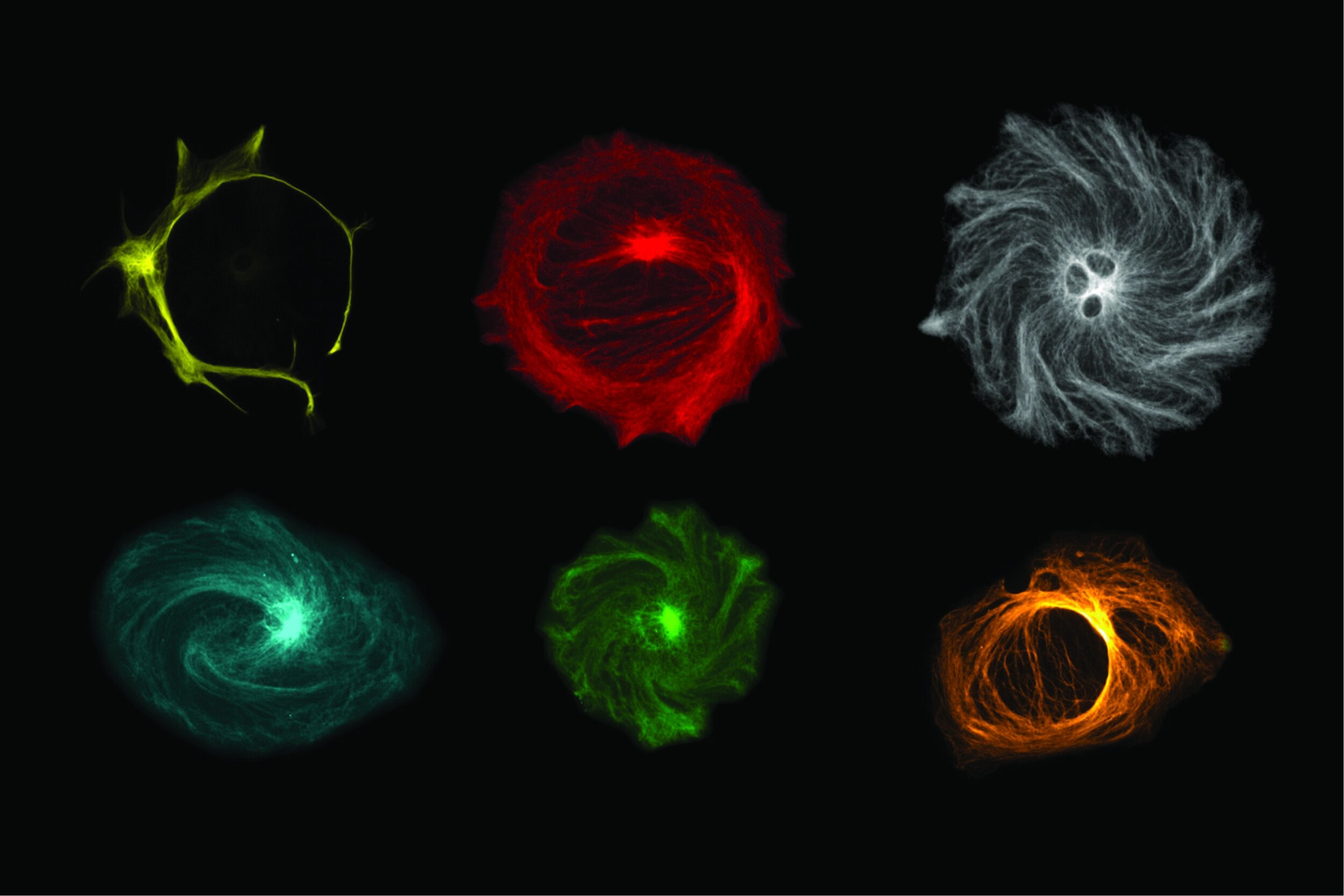
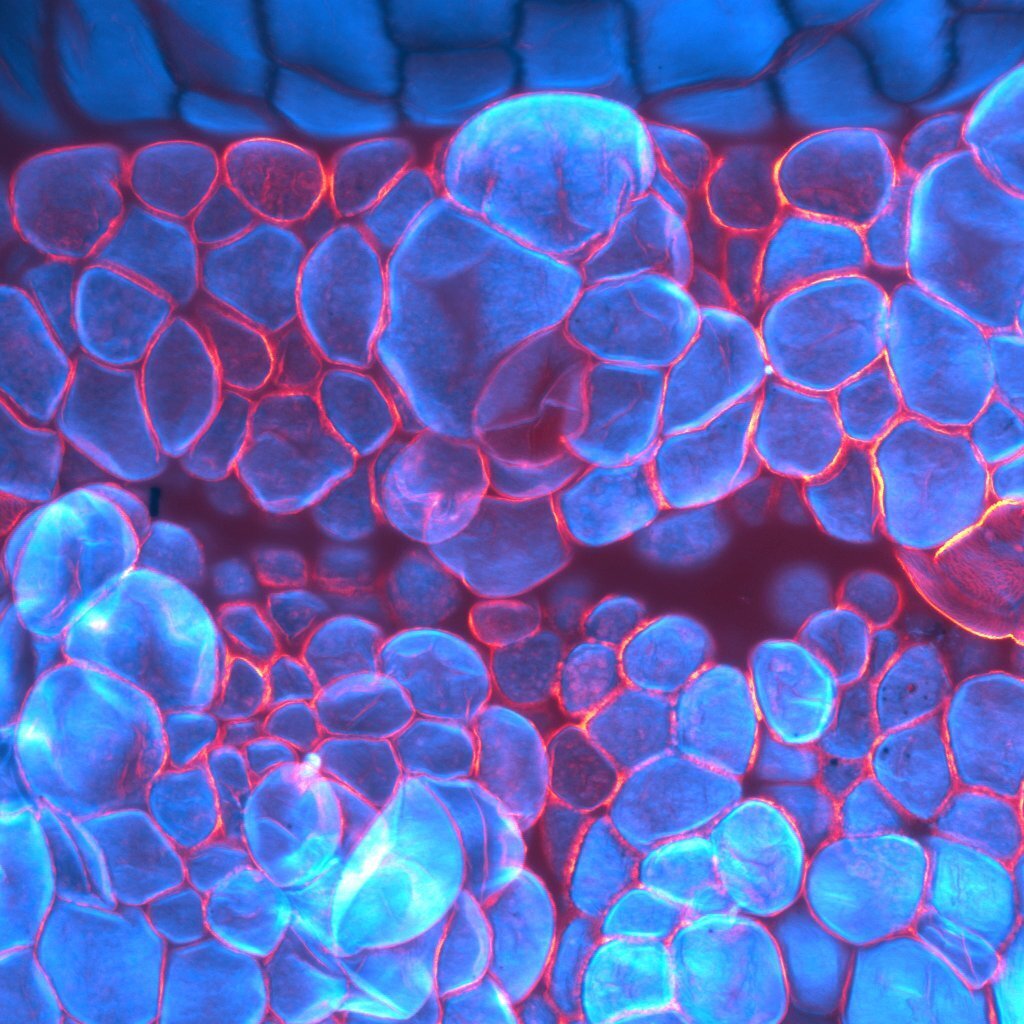
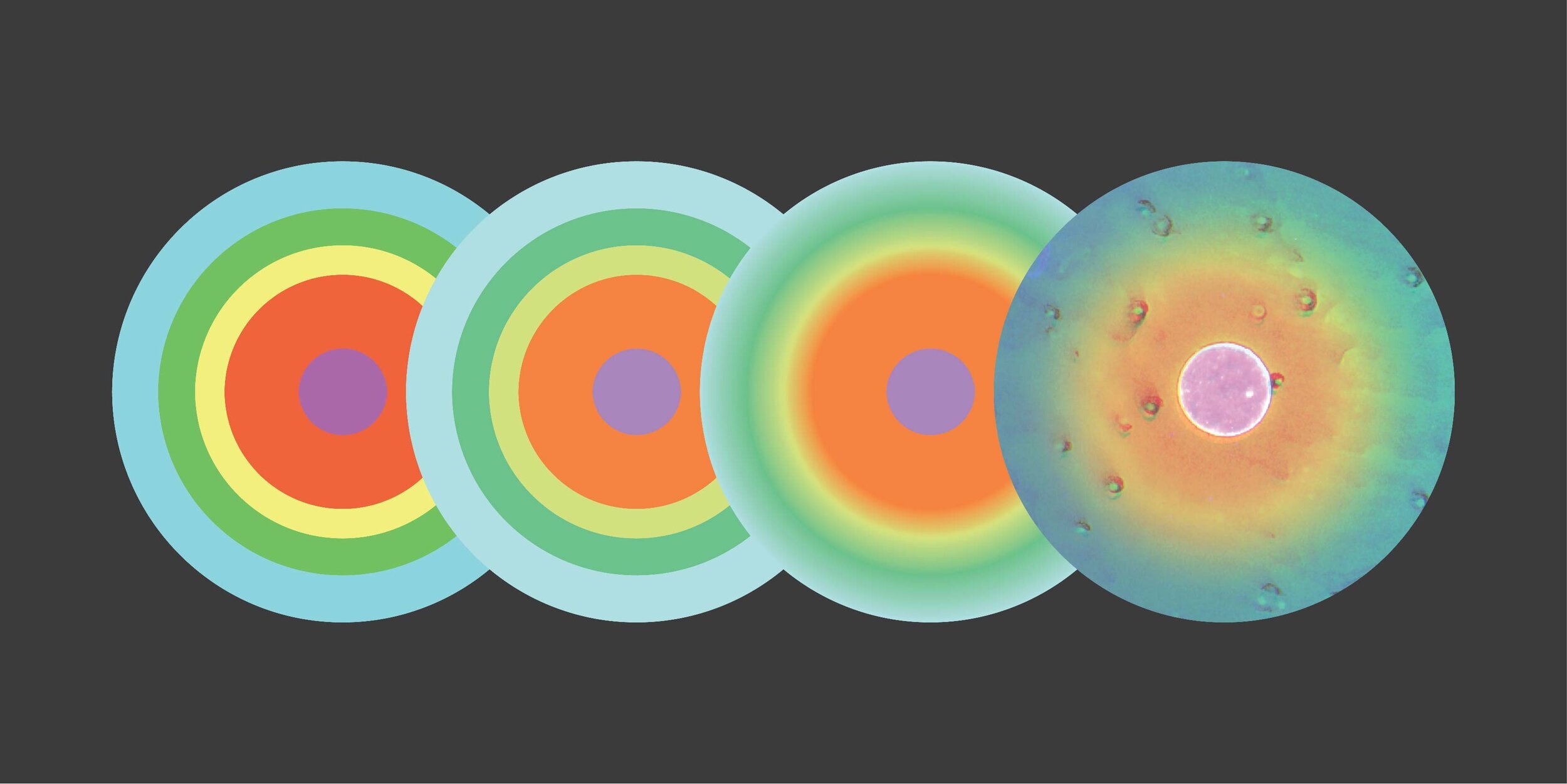
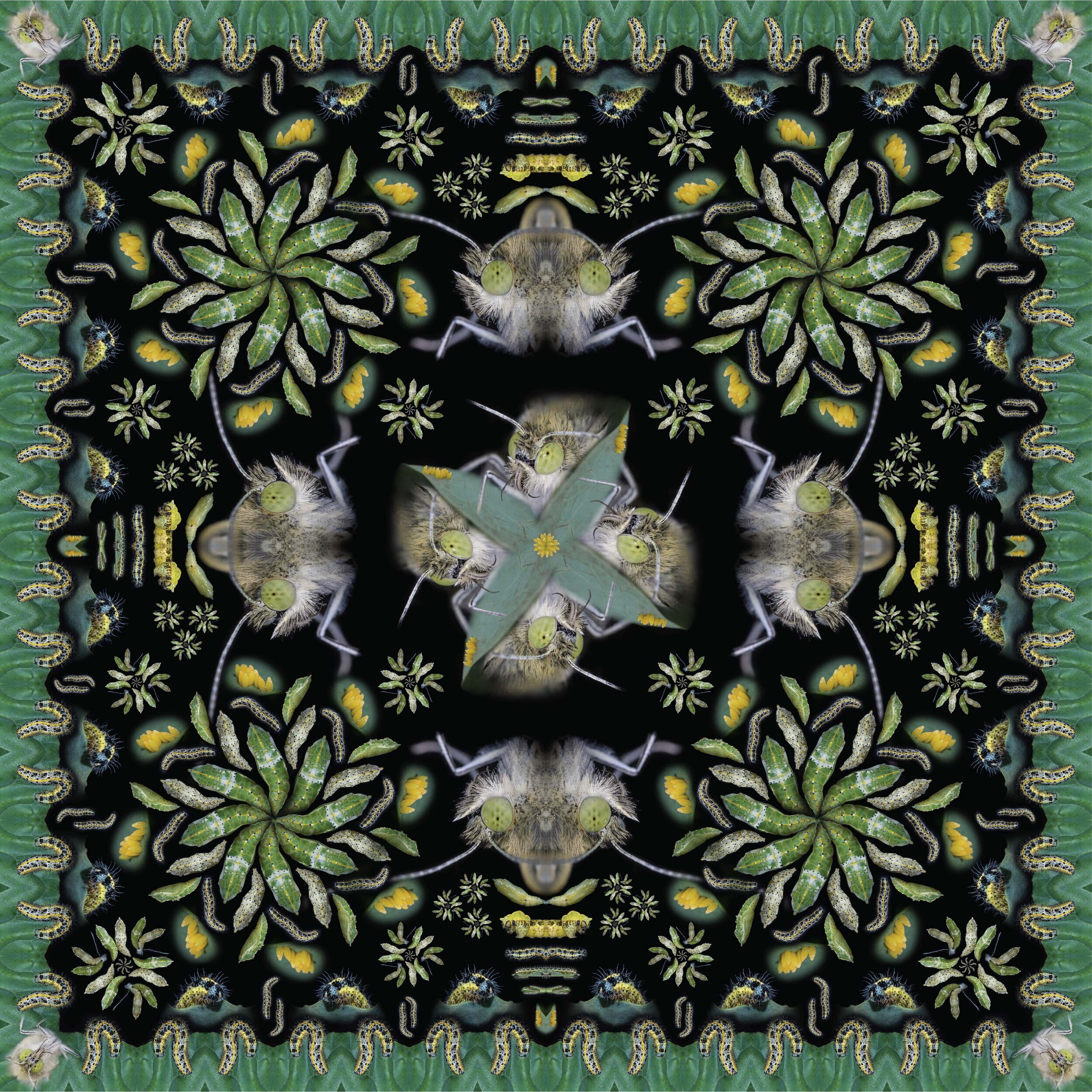
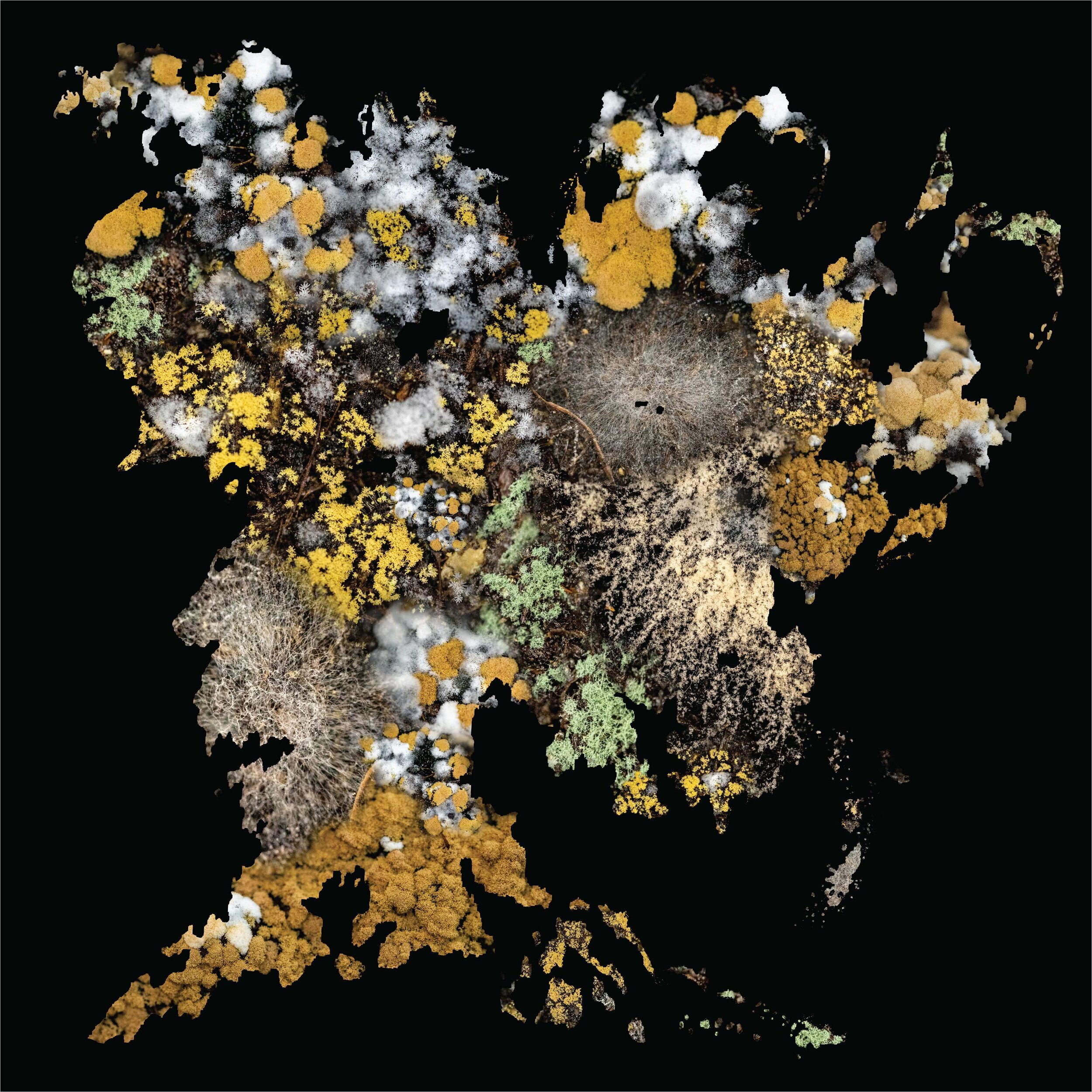
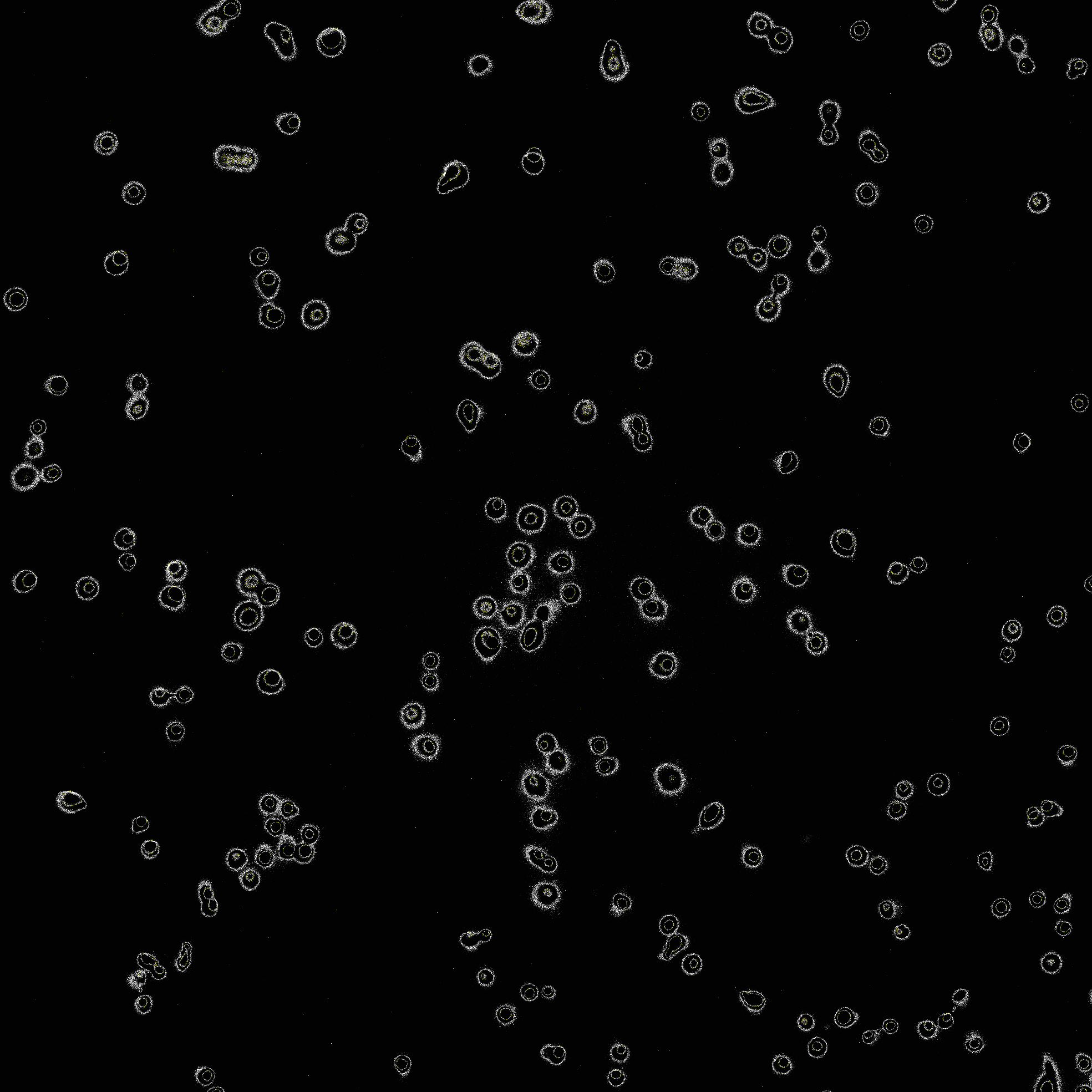
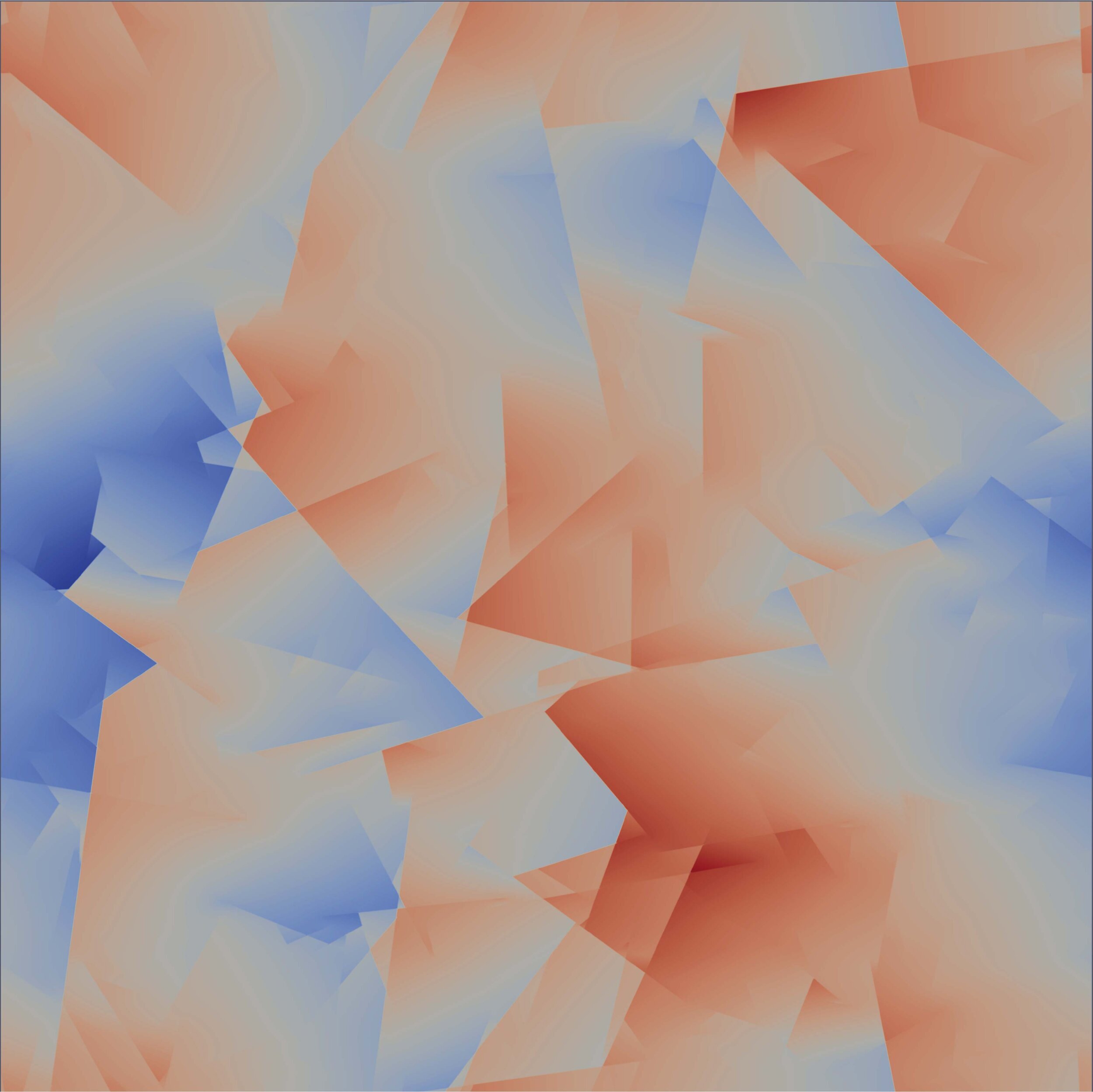
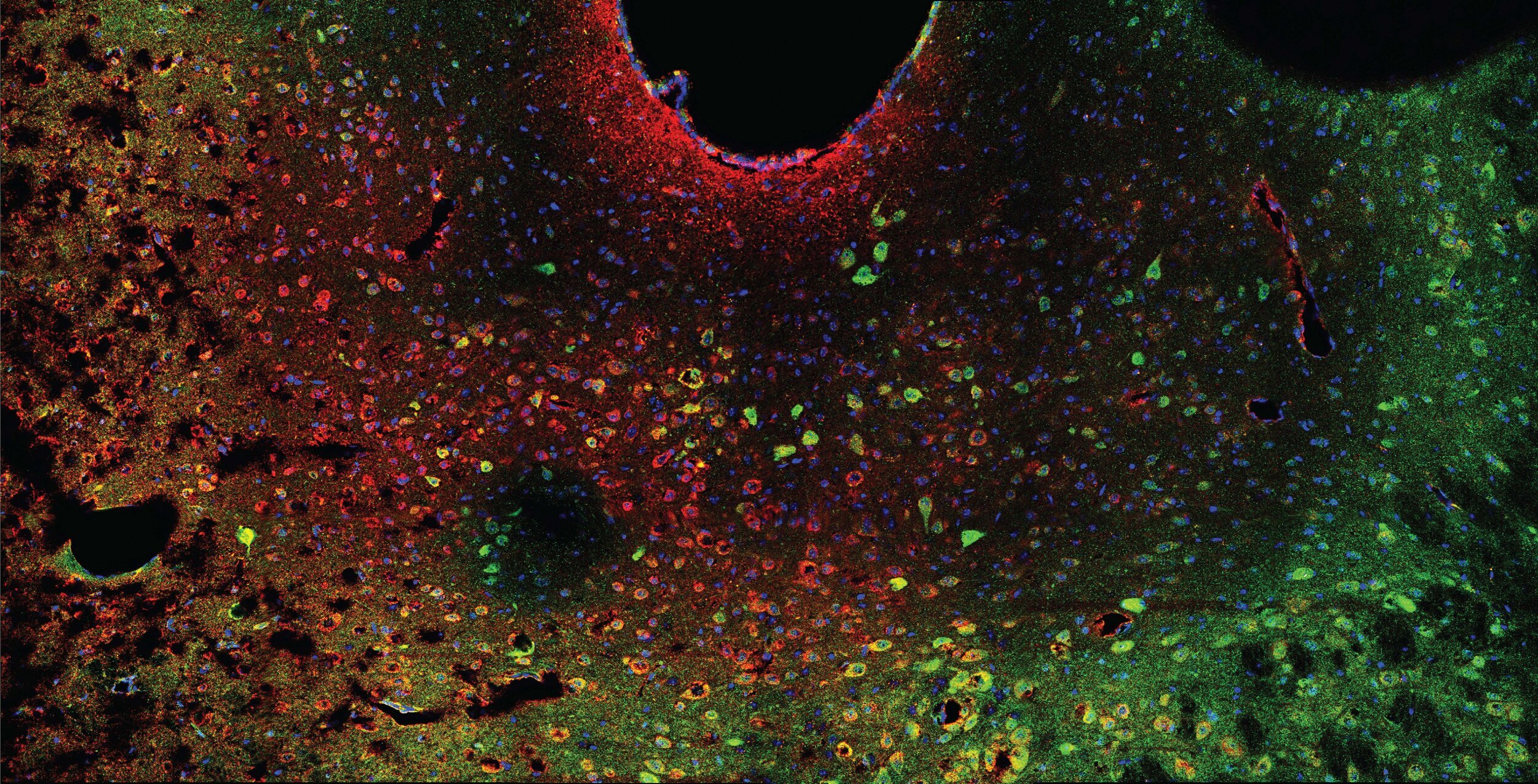

![09_48x60cm_[objectofscience_2]_[nusbaumer_david]_[comet+appocalypse].jpeg](https://images.squarespace-cdn.com/content/v1/58e61af4a5790ab156e17bc1/1621249418976-8ODPTM5CE6YAMWP2IAXT/09_48x60cm_%5Bobjectofscience_2%5D_%5Bnusbaumer_david%5D_%5Bcomet%2Bappocalypse%5D.jpeg)
